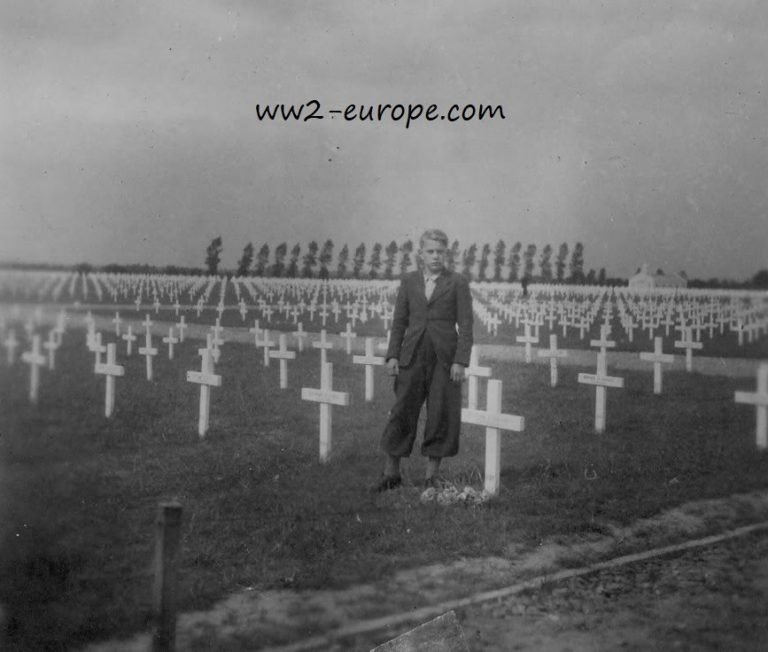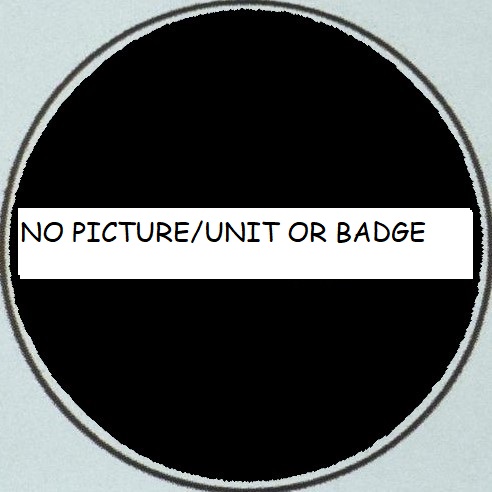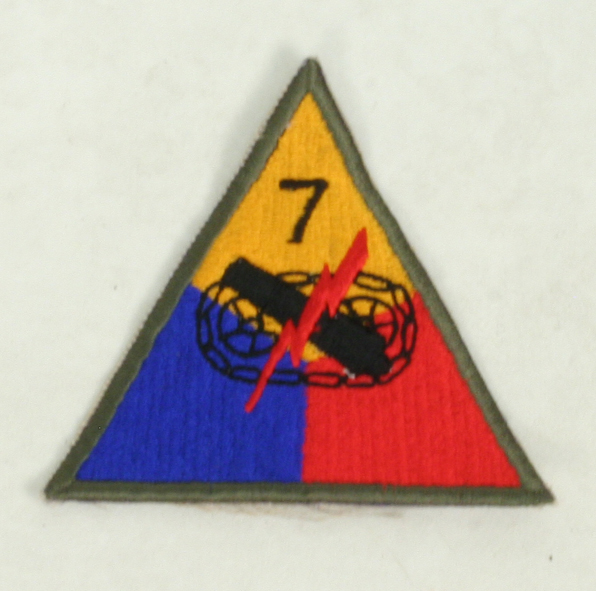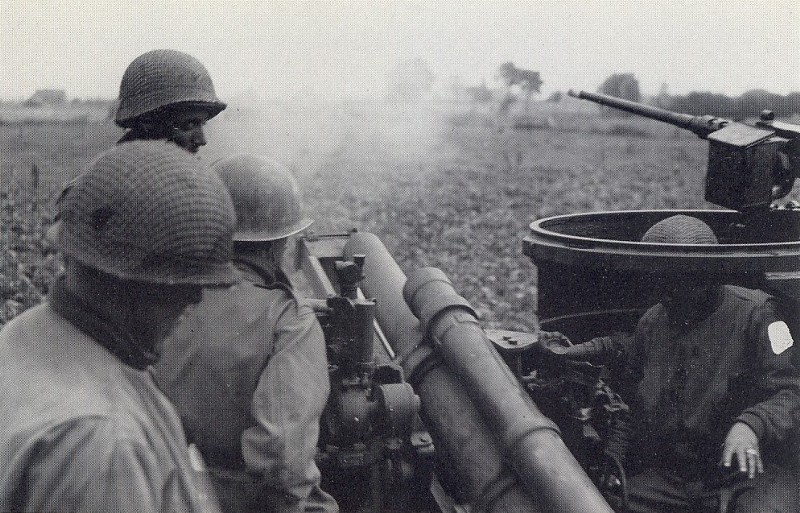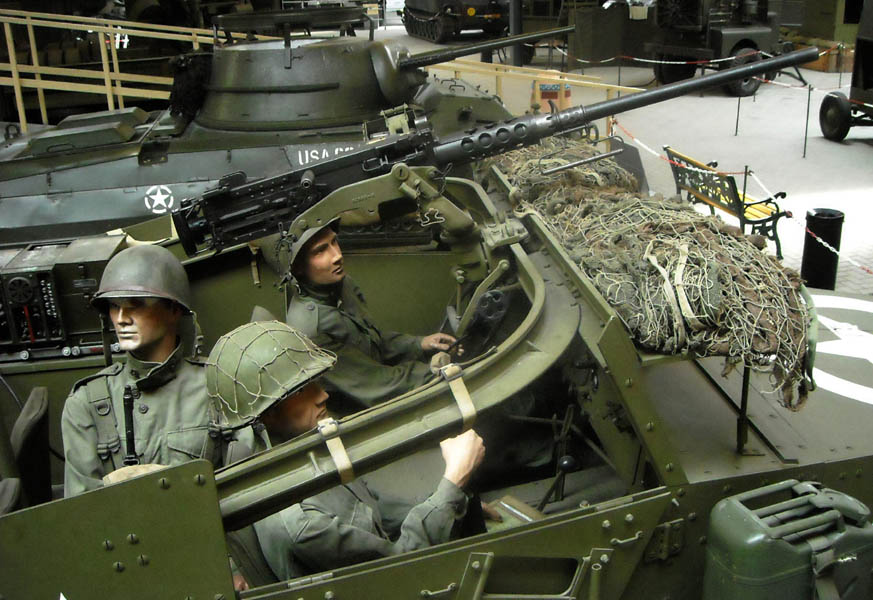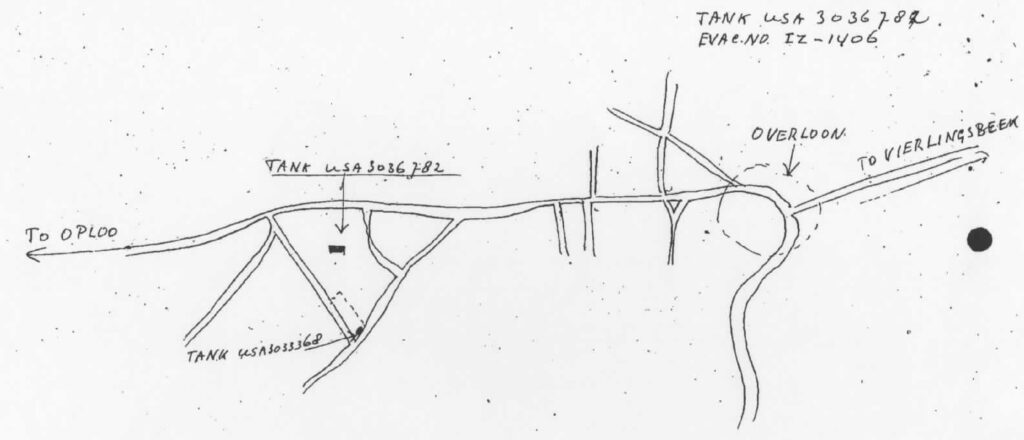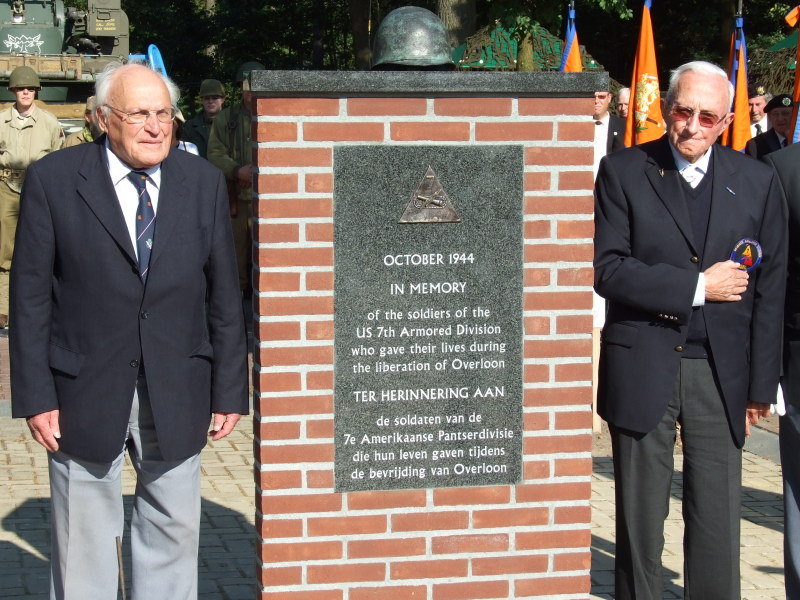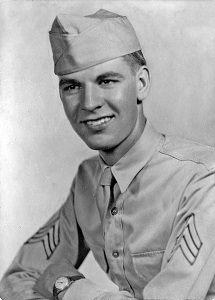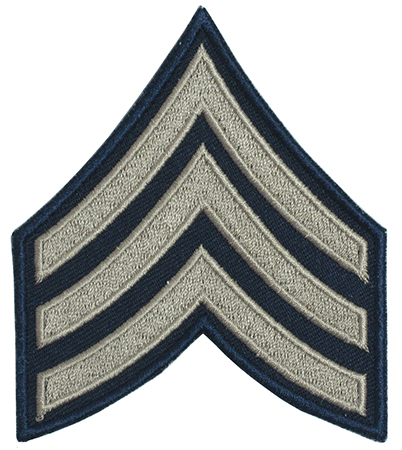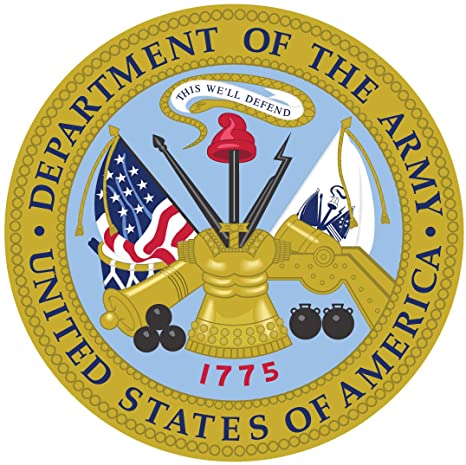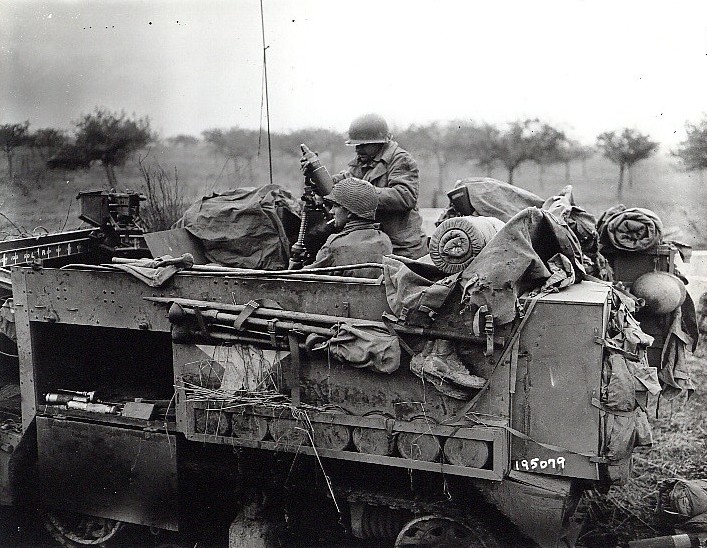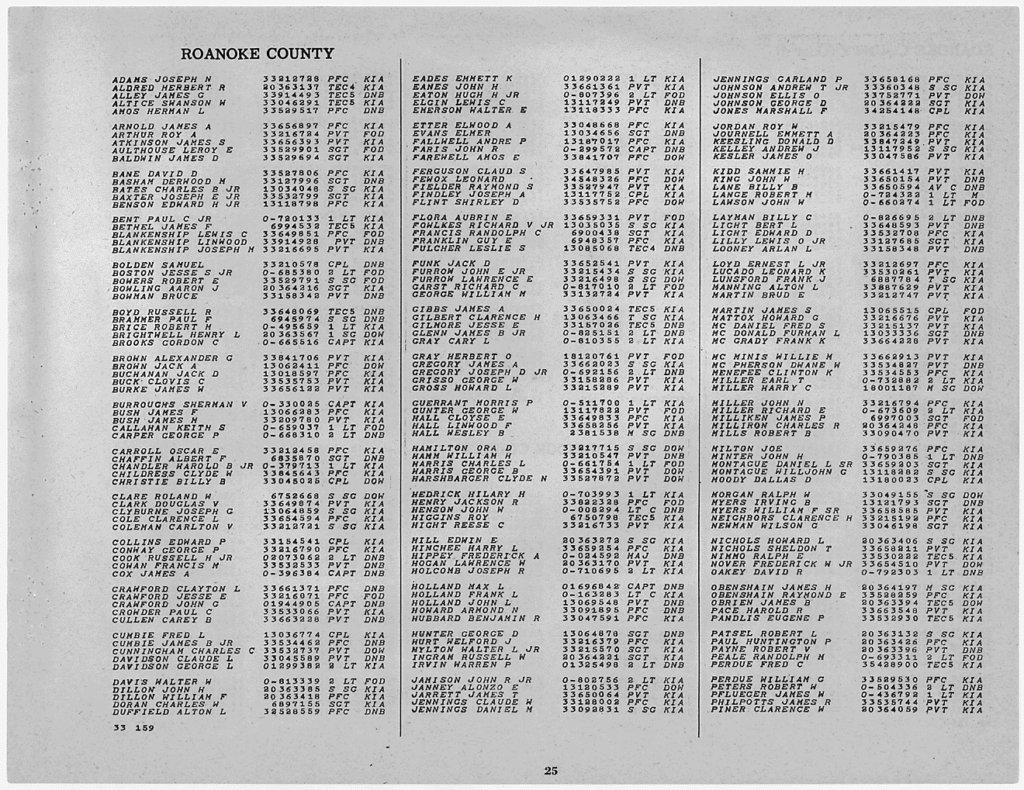Rank and Name, Sergeant (Sqd. Leader) James Daniel Baldwin.
Unit/Placed in, 38th Armored Infantry Battalion, 7Th Armored Division “Lucky Seventeenth”.
James was born approx. on 15 Sep. 1921 in Roanoke County, Virginia.
Father, Jacob B. Baldwin.
Mother, Mary R. Baldwin.
Sisters, Lee T. , Della A. ,Lucille and Baby Girl Baldwin.
Brothers, Emory C. ,Clarence E. , Raymond L. Herman T. Russell J.
James enlisted the service at Virginia with Serial number # 33529694.
James D. Baldwin was a Sergeant (Squad Leader) in the 38th Armored Infantry Battalion.
James was KIA in the Battle for Overloon, Holland, on Oct 4, 1944, he is honored with a Purple Heart, Combat Infantry Badge, Marksmanship Badge, Good Conduct Medal, American Campaign Medal, Army Presidential Unit Citation, European-African-Middle Eastern Campaign Medal, WW II Victory Medal.
And he is buried at the American War Cemetery, Margraten, Holland.
Thanks to http://www.7tharmddiv.org/
War Museum Overloon http://www.oorlogsmuseum.nl/en/
Jean Louis Vijgen, ww2-Pacific.com and ww2-europe.com.
Air Force Info, Rolland Swank.
ABMC Website, https://abmc.gov
Marines Info, https://missingmarines.com/ Geoffrey Roecker
Seabees History Bob Smith https://seabeehf.org/
Navy Info, http://navylog.navymemorial.org
POW Info, http://www.mansell.com Dwight Rider and Wes injerd.
Philippine Info, http://www.philippine-scouts.org/ Robert Capistrano
National Historian
Navy Seal Memorial, http://www.navysealmemorials.com
Family Info, https://www.familysearch.org
Info, https://www.pacificwrecks.com/
Medals Info, https://www.honorstates.org
Find a Grave, https://www.findagrave.com
Tank Destroyers, http://www.bensavelkoul.nl/
WordPress en/of Wooncommerce oplossingen, https://www.siteklusjes.nl/
Military Recovery, https://www.dpaa.mil/
The A-Comp. Of the 38th Armored Infantry Battalion, 7th Armored Division, boarded the Queen Mary on Jun. 6, 1944 fo England.
The Battle for Overloon is not only considered a heavy battle after D-Day, but with the most loses in a American Division.
In September 1944, the Allies had launched Operation Market Garden, a major offensive from the Dutch-Belgian border across the south of the Netherlands through Eindhoven and Nijmegen toward the Rhine bridge at Arnhem, with the goal of crossing the Rhine and bypassing the Siegfried Line in preparation for the final drive toward Berlin. Allied airborne troops were defeated at the Rhine bridge in Arnhem and the advance stopped south of the Lower Rhine, resulting in a narrow salient that ran from the north of Belgium across the south-east of the Netherlands.
German forces attacked this salient from a bridgehead west of the bend in the river Meuse (known as Maas in Dutch and German) near the city of Venlo. The bridgehead was established by retreating German forces who were reinforced with troops arriving from nearby Germany by crossing the Meuse in Venlo. The western edge of this bridgehead ran through the Peel, a region with bogs and several canals blocking an Allied advance. The Allies decided to attack the bridgehead from the north, and this meant they had to capture Overloon and Venray, which were on the road toward Venlo.
Operation Aintree (named after Aintree racecourse) had the goal of securing the narrow salient the Allies had established between Eindhoven and Nijmegenduring Operation Market Garden and destroying the German bridgehead west of the Meuse, in preparation for the eventual Allied advance into the nearby German Rhineland.
The battle of Overloon ensued as the Allies in Operation Aintree advanced from nearby positions south toward the village of Overloon. After a failed attack on Overloon by the U.S. 7th Armored Division, the 3rd British Infantry Division and the 11th British Armoured Division took over. Suffering heavy losses the Allies captured Overloon and moved towards Venray. The advance on Venray resulted in heavy losses, especially around the Loobeek creek, which was swollen due to heavy autumn rains and was flooded and mined by the Germans. Casualties were heavy here among the 1st Battalion of the Royal Norfolk Regiment. During the battle, the village of Overloon was destroyed. In and around Overloon, some 2,500 soldiers died, making it one of the bloodiest battles in the Netherlands during the Second World War. It was also the only major tank battle ever fought on Dutch soil. Dozens of tanks, mainly British, were destroyed.
